Tonight there’s mist on the way to the moors. It creeps through the valley and blots out everything but Venus.
But as the minibus climbs up the Sutton Bank escarpment, it begins to clear.
By the time we arrive at the North York Moors International Dark Sky Reserve, we’re high above the valley mist among heather moorland, low shrubs and stumpy trees.
Above us is a big sky with only thin wisps of cloud between the bright stars.
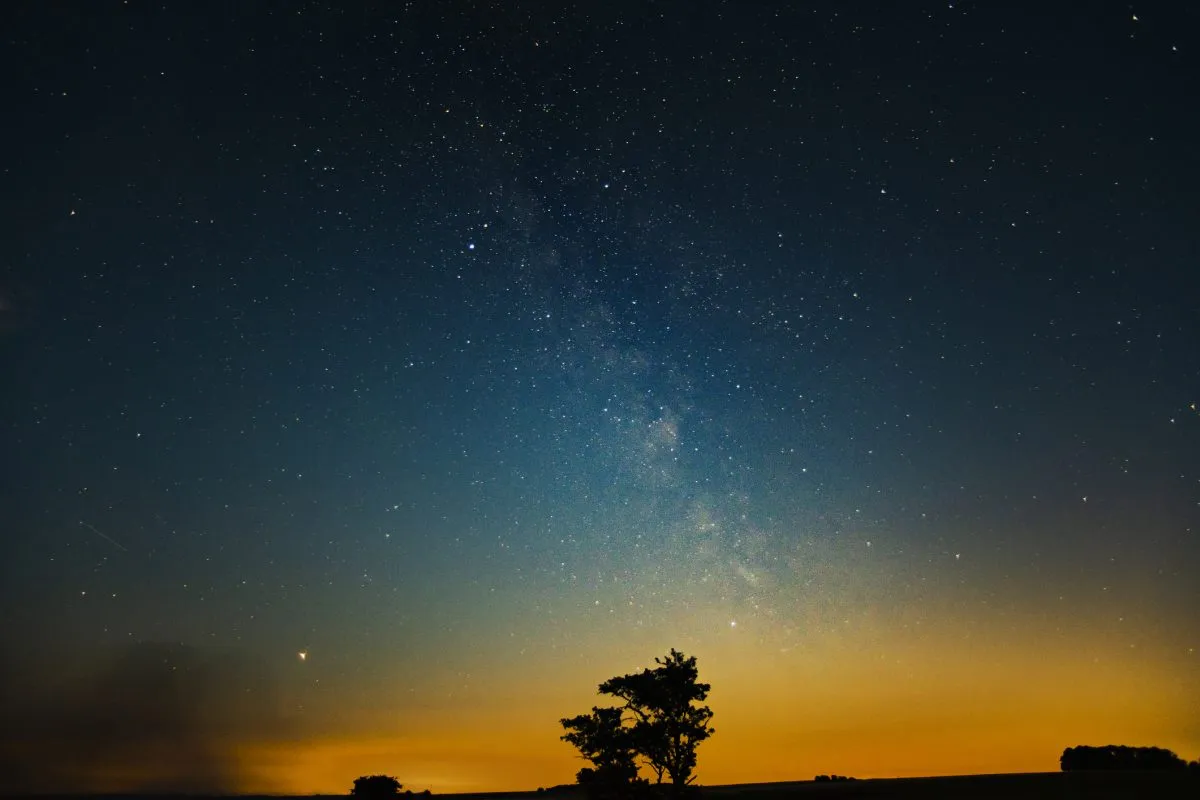
The open clusters within Auriga are naked-eye bright and so are the faint suns of Gemini, Taurus and Ursa Minor, all now so elusive from our towns and cities.
"Does anyone know, what is the furthest thing it’s possible to see with the naked eye?" says astronomer Richard Darn, our host for the evening.
"The Moon?" says a voice from the dark. "A nebula?" asks another.
The Andromeda Galaxy, 2.5 million lightyears from Earth, is soon picked out with a green laser.
It’s waiting in the crosshairs of a Takahashi refractor for all to inspect.
It’s an exciting moment for many. In its wake comes the equally crowd-pleasing Pleiades, the Orion Nebula, Bode's Galaxy and the Cigar Galaxy, double star Almach and a waning comet, C/2022 E3.
The views are delivered crisply and quickly, but some guests seem happy just to stare at a ‘blanket of stars’ they’ve heard much about but rarely seen.
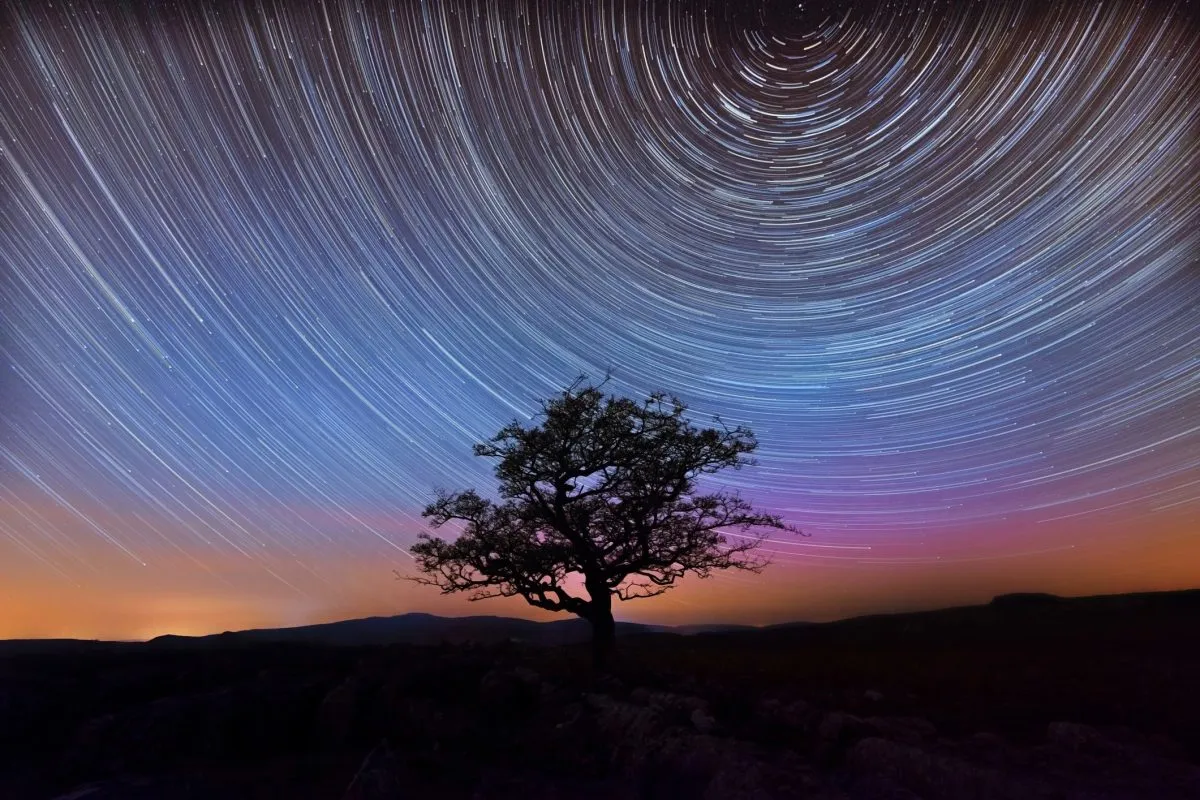
This is a crowd mostly taking their first steps in navigating the night sky and they’ve come from all over the UK – from Liverpool, Essex, Bournemouth and Cardiff – for the first of the North York Moors’ two annual Dark Skies Festivals.
This particular event during the festival is organised by The Grand Hotel in nearby York as a ‘dark skies package’ that includes dinner, stargazing and breakfast.
Oh, and a flask of hot chocolate to take up to Sutton Bank’s Star Hub, a purpose-built stargazing facility with a tastefully red-lit courtyard for telescopes and an indoor area to warm up.
This is amateur (g)astronomy at its best.
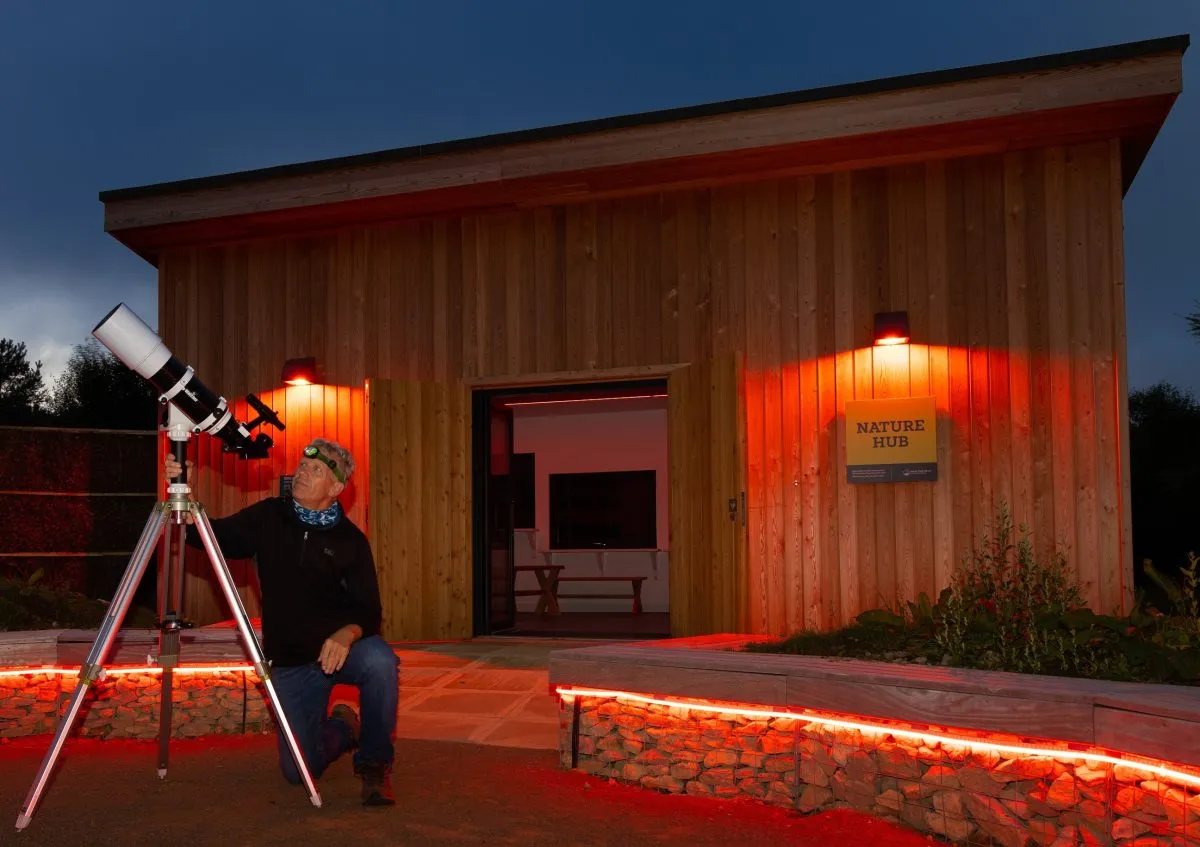
"There’s so much demand for these events now," Darn says to me as we pack away the telescopes and binoculars later.
"I love doing them. People have travelled from so far to be here and for many of them it’s such an adventure just to walk out into a dark night."
It helps that the North York Moors is one of the driest upland areas in the UK, which frequently means clear skies.
Although it’s one of three Milky Way-class Dark Sky Discovery Sites in the North York Moors, Sutton Bank isn’t in the darkest ‘core zone’ in the national park.
That’s not really the point of events like these.
"For most people here tonight, this is the darkest sky they’ve ever seen and I think that’s really important – it’s about accessibility," says Darn.
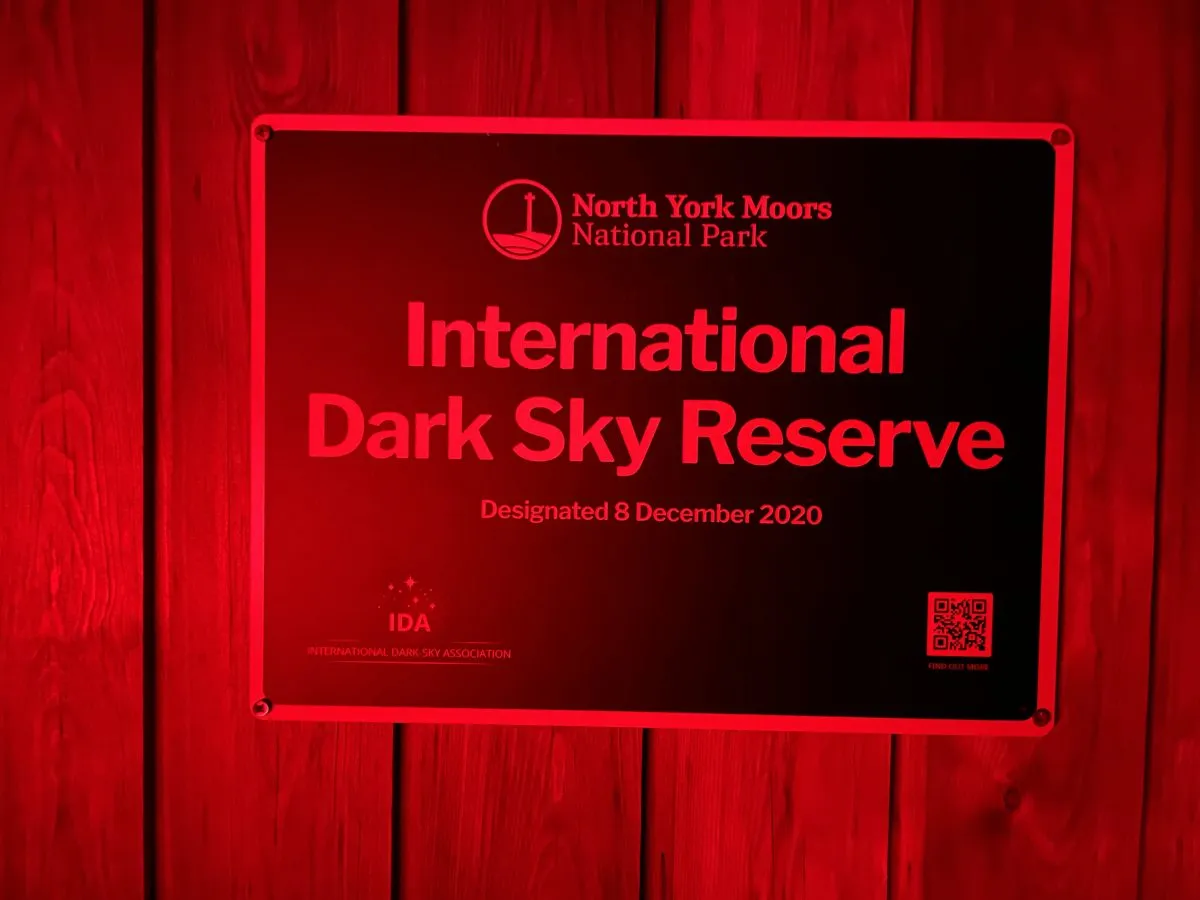
Why the North Yorkshire skies are so dark
The skies have been getting darker in this part of the north of England for a few years.
Both the North York Moors National Park and the nearby Yorkshire Dales National Park became International Dark Sky Reserves in December 2020 and, at 3,615 square kilometres, together form the largest region of protected night skies in the UK.
The parks’ light pollution readings are as low as 21.6 and 21.7 on the Bortle scale, respectively.
"It wasn’t a joint application, just a simultaneous designation, but we work really closely together both on the applications and on our Dark Skies Festivals," says Mike Hawtin, dark skies officer at the North York Moors National Park.
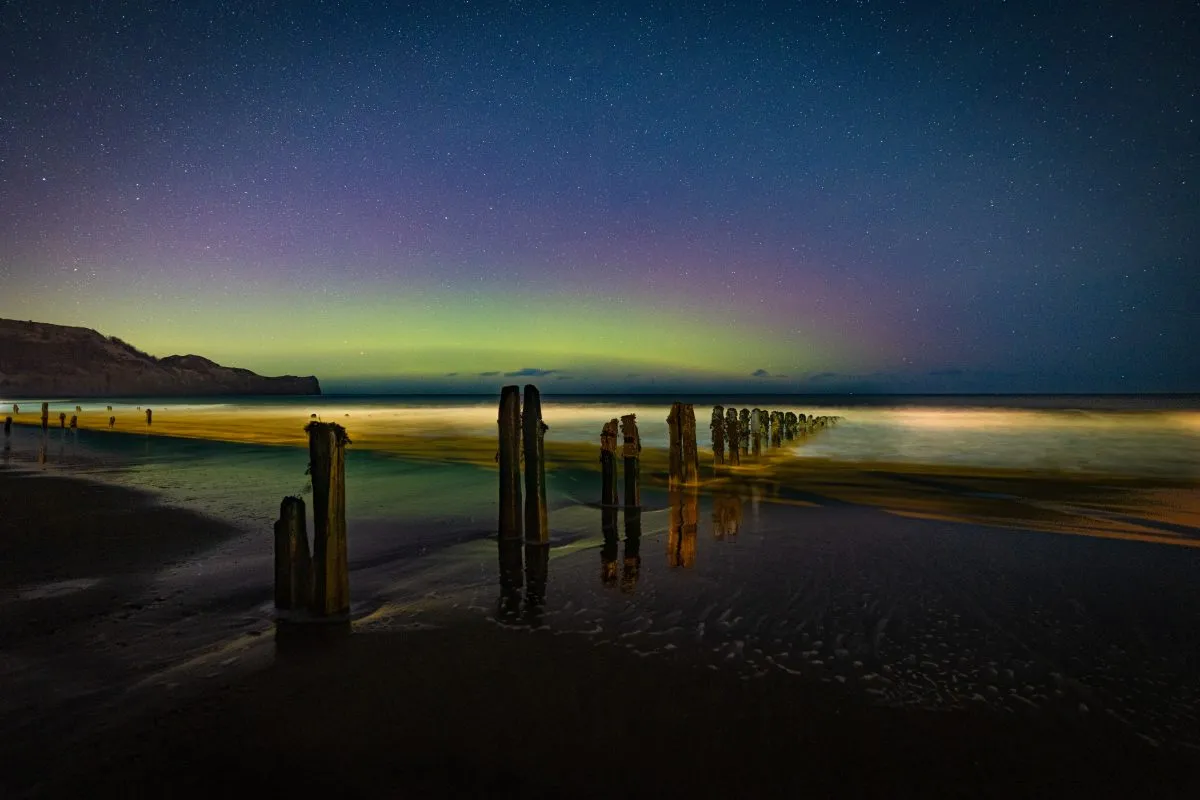
Acquiring dark-sky status
Such is the rampant march of light pollution that getting and keeping Dark Sky status is not easy.
The applications to Dark Sky International took about three years.
"We had to monitor light levels at over 100 different sites and submit our dark skies readings – and we must do an annual report to prove that our skies continue to be dark," says Hannah Kay, dark sky project manager at the adjacent Yorkshire Dales National Park.
Grants are available for local businesses and farms in both parks to install dark-sky-friendly lighting.
The message to residents and visiting stargazers alike is simple, but can make a huge difference to keeping the skies dark.
"Have your lighting pointed down, use timers, use motion-sensor lighting where possible, and use warm colours," says Kay.
At its heart, the dark-sky designation is about taking practical steps to stop developments that have very poor lighting.
It’s an easier sell than you might think.
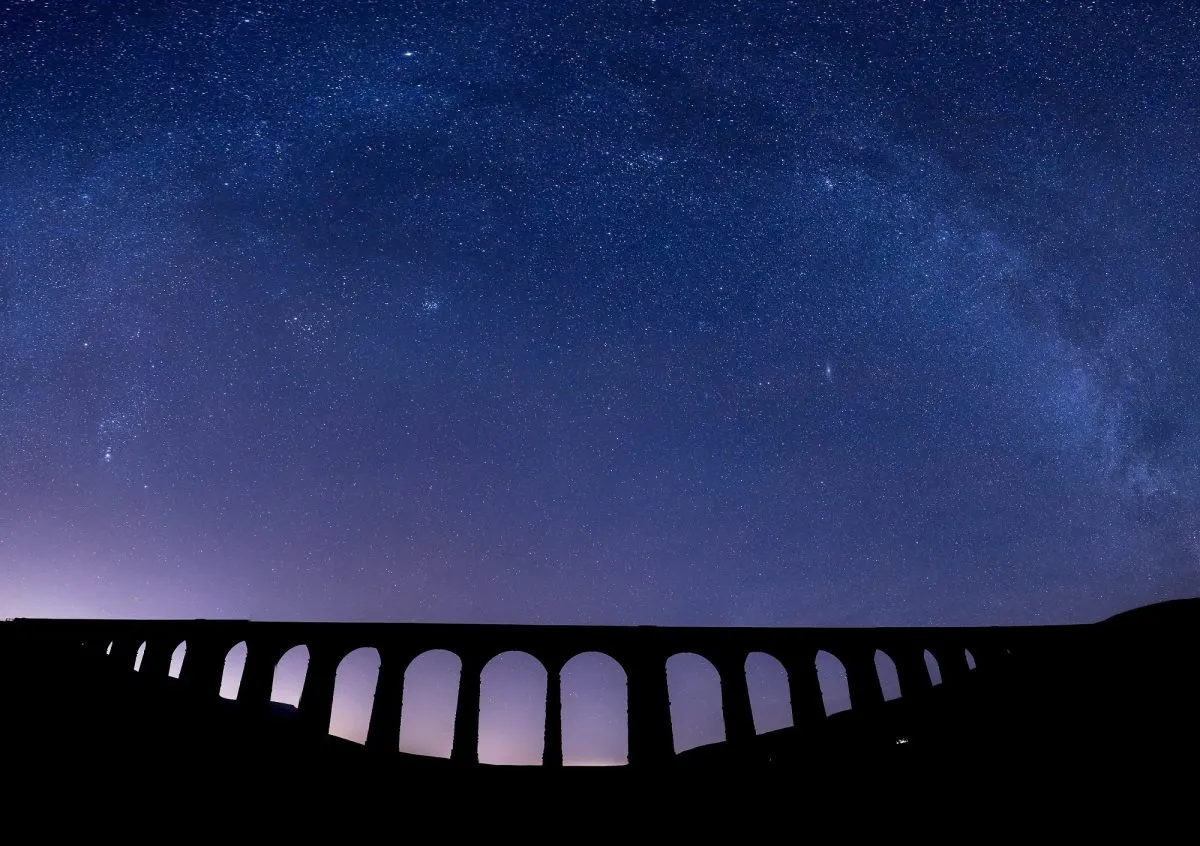
"I’ve done 100 site visits and presentations to parish councils, farmers’ groups and landowners. I’ve had zero pushback," says Hawtin.
"I just explain that it’s not about banning all light, but using it sensitively, responsibly and sympathetically."
Both parks have targeted their darkest ‘core zones’ first because that’s where new dark-sky-friendly lighting can make the most difference.
However, there’s also a dark-sky-friendly business scheme that incentivises local people to keep the lights down low.
"About 30 local businesses have signed up and can specifically promote themselves as dark-sky-friendly," says Kay.
"So if it’s a bed and breakfast it will have dark-sky-friendly lighting, telescopes, binoculars and blankets."
Another pillar of any park’s dark-sky status is outreach, something both of these regions excel in.
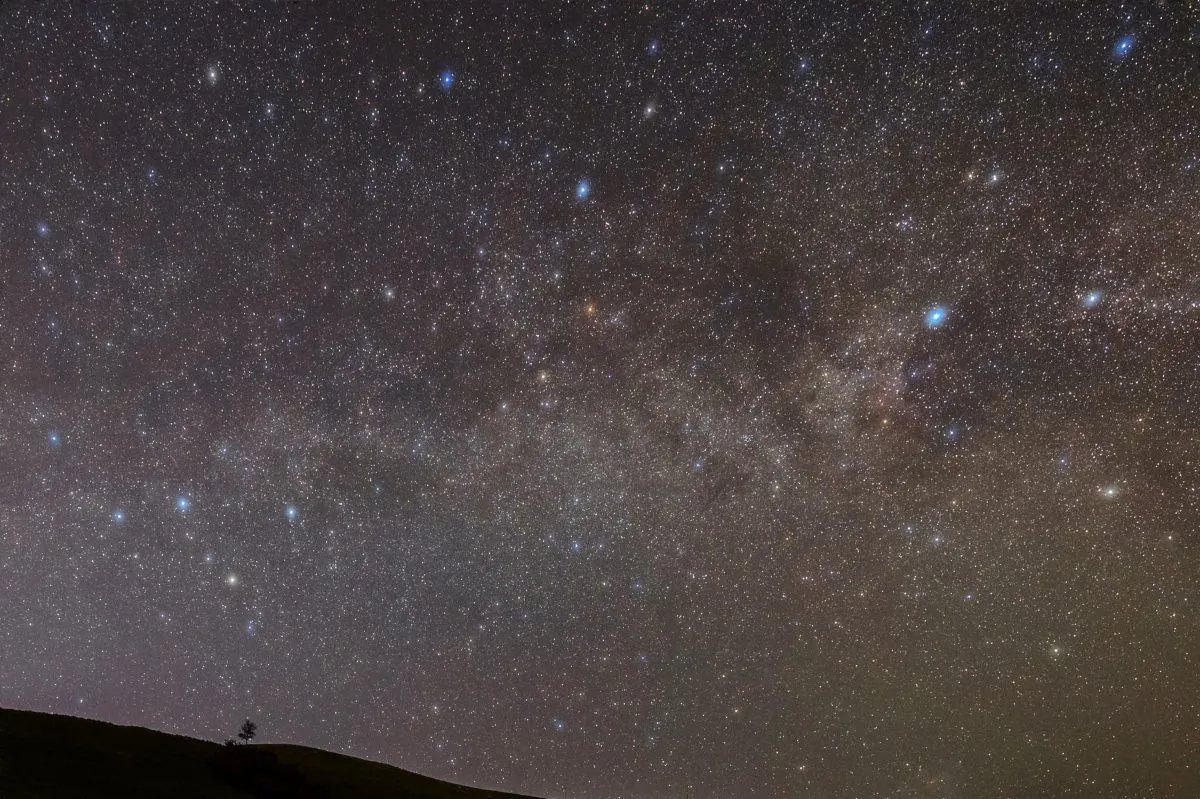
North York Moors Dark Skies Festivals
The North York Moors and the Yorkshire Dales both host some of the UK’s largest and most successful dark-sky festivals.
Staged in the same weeks each February and October, they include so much more than stargazing, including runs, zip wires, kayaking and biking at night to astrophotography workshops, stargazing safaris and night walks.
In 2022, there were 44 different events involving over 2,400 people.
"We’ve had events where people go out running on the moors or cycling in the dark and they’re often attended by people who don’t usually get to see such dark skies," says Kay.
"We reach out to people to come and see our dark skies because it’s something they will never see if they live in Leeds or Bradford."
The success of the festivals and dark-sky status is beginning to nurture an emerging dark-sky economy.
"We initially started holding our events at Dalby Forest during October 2022’s Dark Skies Fringe Festival," says Nicole Carr at AstroDog, a small astronomy and astrophotography business based on the Yorkshire coast run by Nicole, partner Simon Scott – and their dog Luna.
"They were very popular and we welcomed many wonderful guests to our stargazing hub in Dalby to gaze at and learn about the night sky."
AstroDog now holds events almost every night throughout the festivals, as well as throughout the year.
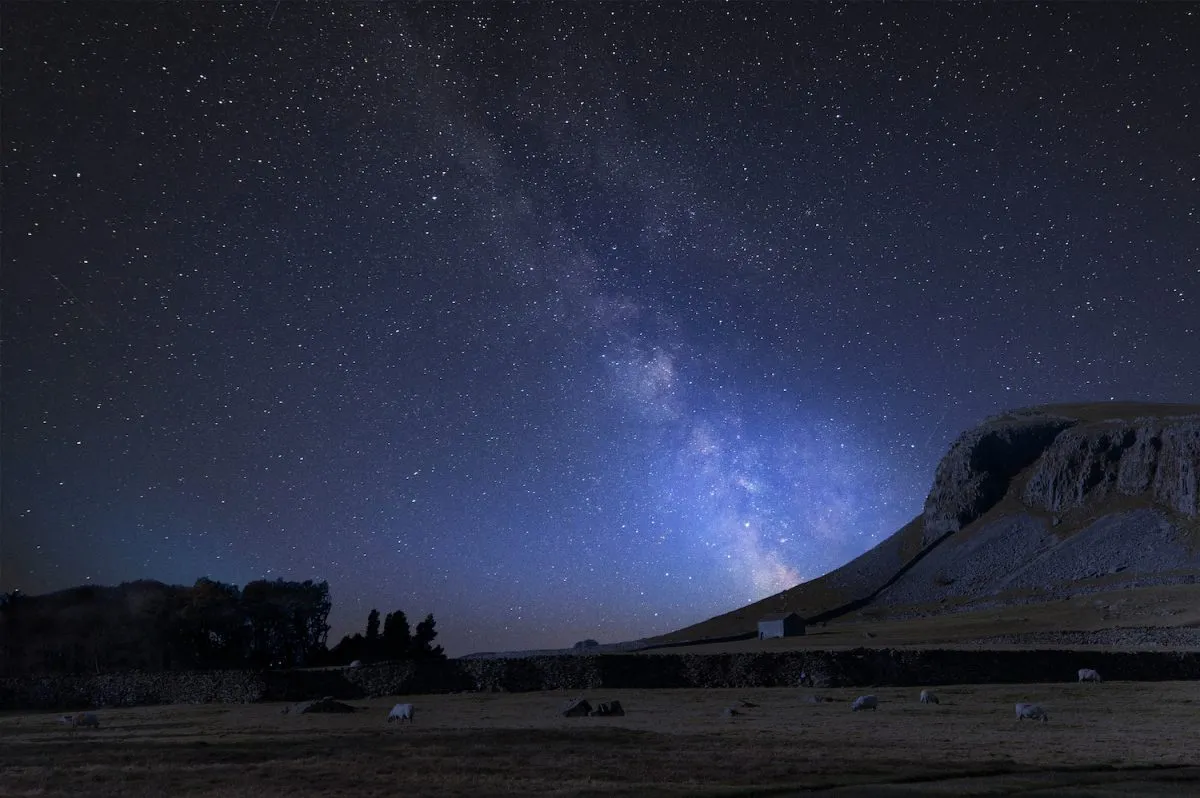
Yorkshire might be having its own dark skies moment, but those behind it want more than just protected skies within national park boundaries.
"I don’t like the idea that if you want to see the stars you have to go into these designated areas, yet everywhere else you’re free to do whatever you like with light," says Darn.
"National parks are not an excuse for everywhere else to be overwhelmed by light pollution – they are a model that proves that reducing it everywhere is not rocket science."
The North York Moors and Yorkshire Dales must and do engage with surrounding authorities in an effort to keep their dark-sky status.
"If we allow development around us to go unchecked then that shrinks our patch," says Hawtin.
The classic example is the Peak District National Park, which is surrounded by Manchester, Leeds and Sheffield and would struggle to get any kind of dark-sky status.
Is it too late for them and all the UK’s urban areas?
"You could say that it’s a lost battle in towns and cities, but there is one thing about light pollution that keeps me optimistic," says Hawtin. "It’s all solvable at the flick of a switch."
Stargazing in the Moors and Dales of Yorkshire
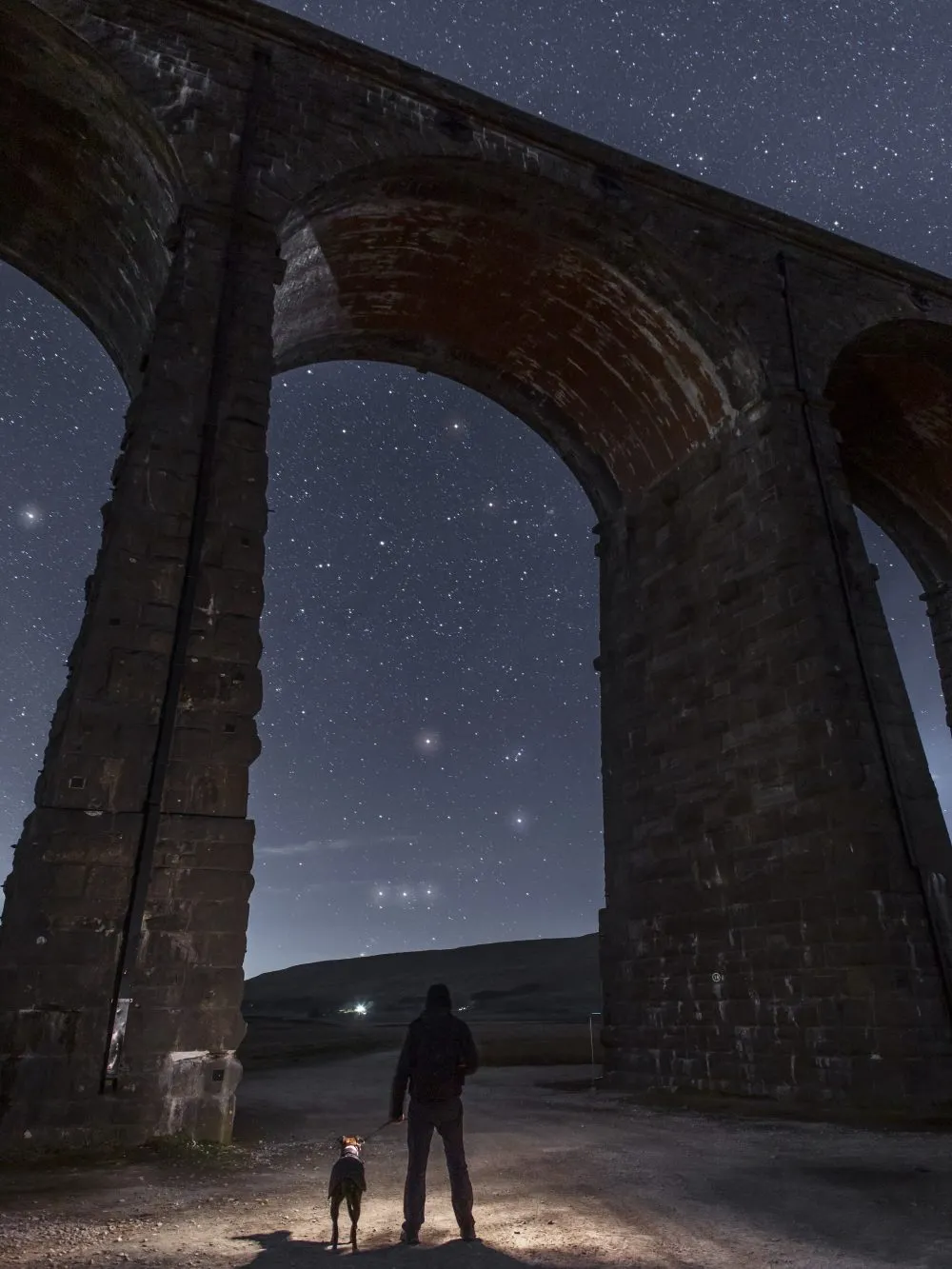
There are several Dark Sky Discovery Sites throughout the two parks which offer not only a place to get away from light pollution, but also good sightlines and public access.
For an excellent photo opportunity, several spots have wonderful foregrounds to offset your skyscapes.
The coast along the North York Moors has clear views of the northern horizon and occasionally the Northern Lights.
Byland and Rievaulx Abbey offer beautiful foregrounds, while the fish pond outside Newburgh Priory is a great location for reflections shots.
The Dales, meanwhile, are home to Ribblehead Viaduct, an iconic 24-arch Victorian structure that can be photographed with the Milky Way behind it.
For the darkest skies, however, aim for the core zone in the heart of each park.
Finally, just outside the parks are more Dark Sky Discovery Sites in two Areas of Outstanding Natural Beauty: five in Lancashire’s Forest of Bowland (three shown below) and four in Nidderdale.
Best dark sky places in Yorkshire Dales and North York Moors
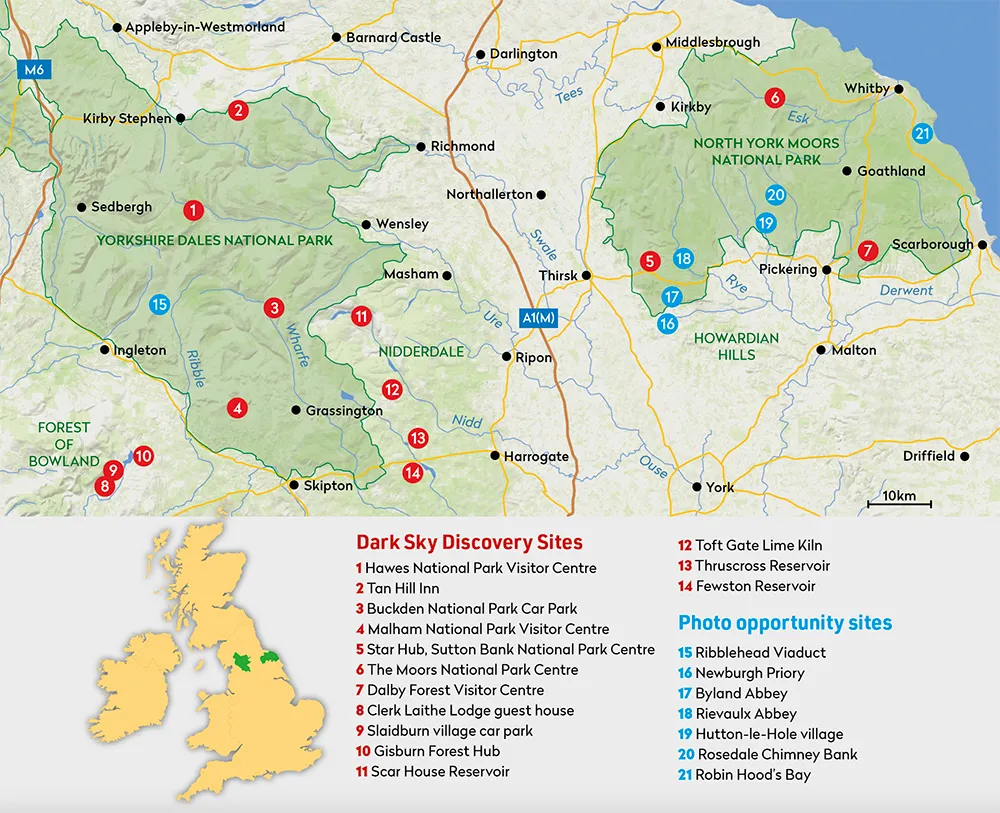
Dark Sky Discovery Sites
1 Hawes National Park Visitor Centre
2 Tan Hill Inn
3 Buckden National Park Car Park
4 Malham National Park Visitor Centre
5 Star Hub, Sutton Bank National Park Centre
6 The Moors National Park Centre
7 Dalby Forest Visitor Centre
8 Clerk Laithe Lodge guest house
9 Slaidburn village car park
10 Gisburn Forest Hub
11 Scar House Reservoir
12 Toft Gate Lime Kiln
13 Thruscross Reservoir
14 Fewston Reservoir
Places for photo opportunities
15 Ribblehead Viaduct
16 Newburgh Priory
17 Byland Abbey
18 Rievaulx Abbey
19 Hutton-le-Hole village
20 Rosedale Chimney Bank
21 Robin Hood’s Bay
This guide originally appeared in the May 2023 issue of BBC Sky at Night Magazine.
